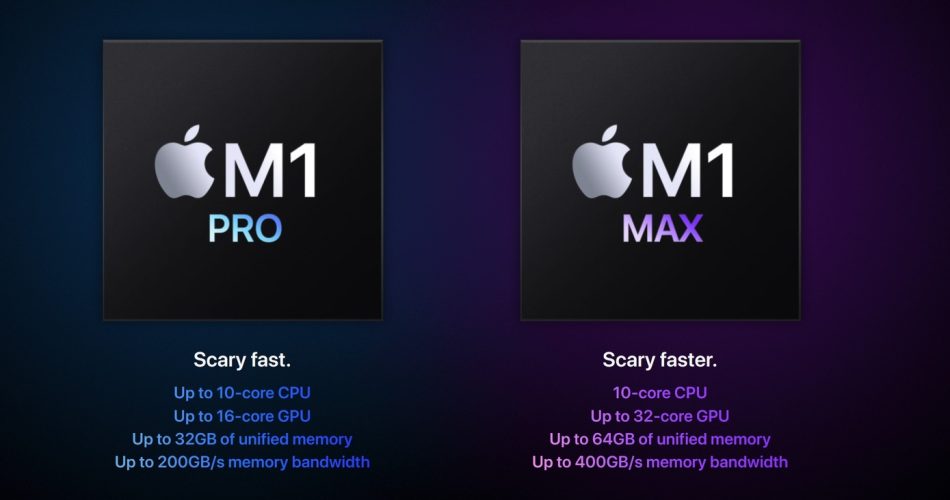With M1Pro and M1max Apple has made it clear they are the top dogs when it comes to professional computer chips too. I find these chips to be more impressive than M1 which came out last year, that I called to be momentous, an assessment that still stands. Apple has shown they have a plan to keep up the pace, and a long runaway ahead.
It will be lazy to see M1Max as a threat only to #Intel & #Microsoft, which sure is. It is #Samsung & #NVIDIA who are more paranoid with the technology (they know how to compete with Apple) powering M1 SoCs. They know complacency will destroy their profitable businesses. Let me explain, I don’t mean Apple will directly takeaway the premium Android phones or CPUs market from Samsung, or the Gaming PC market from NVIDIA GeForce. A dark horse chipmaker can do it. That’s why Samsung is investing heavily in futuristic CPU fabs, and NVIDIA is buying ARM. Those don’t guarantee success, they need to match up with Apple quickly and hopefully exceed.
Let us look at data to back the above comments. There are fifty-seven (57) billion transistors inside Apple’s new M1 Max chip. That number alone is super remarkable to see what Apple in partnership with TSMC (with their world-beating 5nm process) can achieve. While it is not an apples-apples comparison: M1 family of chips are SoCs (which include CPU, GPU, memory and more), while Intel & AMDs are CPUs alone, and, NVIDIA are GPU only, the number of transistors inside a single chip is still a super impressive one, just as an engineering & manufacturing achievement. Compare these numbers to the competition from Intel, AMD & NVIDIA.
- M1 Max SoC = 57 billion
- M1 SoC = 16 billion
- NVIDIA GeForce RTX 3060 GPU = 13 billion
- AMD Ryzen 7 5800H CPU = 10.7 billion
- Intel Core i9-11900K CPU = 6 billion (Approx, no official data)
Number of transistors in M1, M1 Pro, M1 Max, Intel Core i9, AMD Ryzen 7, NVIDIA GeForce RTX 3060
Note: I have taken chips from Intel, AMD and NVIDIA released this year and they don’t necessarily match with the same capabilities. Reference was from Wikipedia and TechPowerup.



Comments